More than 70% of the UK’s land is farmed in some form, so the way that this farmland is managed has huge implications for wildlife. As farmland developed, may animals adapted to take advantage of the habitats it provided. There were hedgerows to hide in, ponds to drink from and a wide variety of plants to provide food.
However, as farming has intensified over the years, many of these features have been lost, with a big impact on the wildlife that has grown to rely on them. Nature was pushed to the margins. In some places, even those margins were lost.
But some farms are bucking the trend. Where farmers are given support for nature-friendly farming, nature and food production can go hand in hand. Through the pioneering Jordans Farm Partnership, The Wildlife Trusts and Jordans work together to support the farmers that grow oats for Jordans cereals, helping them to farm in harmony with nature. Every farmer in the partnership is committed to managing an area equal to at least 10% of their farmed land for wildlife, though many go well beyond that – the average is 27%!
These farms are full of conservation success stories, from rare nesting stone curlews to buzzing insect populations. In winter, the most obvious beneficiaries are birds – Jordans farmers provide a vital winter food supply.
There are finches and buntings mingling in mixed flocks in the fields, with yellowhammers adding a splash of colour. Charms of goldfinches live up to their collective name, taking to the air with a chorus of soft, jingling calls. Larger birds like lapwings and golden plovers scour the soil for invertebrates, whilst redwings and fieldfares gorge themselves in berry-laden hedges.
Cheep what you sow
In many cases, the work that Jordans farmers do throughout the year continues to pay off in winter. The hedges, rough field margins, woodlands, ditches and ponds they create and protect provide shelter and a natural food source. At Hatchpen Farm in Hertfordshire, 2.5 kilometres of hedgerow have been created. This must be a welcome sight to the grey partridges, corn buntings, finches and thrushes that spend the winter on the farm.
But birds have a big appetite in winter, so many of the farmers take extra measures to feed their feathered friends. They plant their very own bird buffet, known as a wild bird cover crop. This is an area of crops grown just for the birds, left unharvested to provide seeds that birds can feast on throughout the winter.
The exact mix of plants varies from farm to farm. On Ragley Hall farm in Warwickshire, farmer Andrew Keyte sows a mix including linseed, millets and sunflowers. Over winter, this feeds finches, yellowhammers, sparrows and other birds. Many other Jordans farmers enjoy a similar selection of birds on their dedicated plots.
To provide even more of a helping hand, the farmers may also offer supplementary feeding. They scatter seeds across their land to tide birds over until spring. A winter bird survey of Woodhall Farm in Hertfordshire recorded hundreds of bramblings and linnets taking advantage of the bird crops and extra seeds. Some of the bramblings may have flown over 2,000 km from Fennoscandia to find enough food for the winter.
You can learn more about the Jordans Farm Partnership, and how the growers are helping wildlife thrive on their farms, on The Wildlife Trusts website.
Jordans Farm Partnership | The Wildlife Trusts

